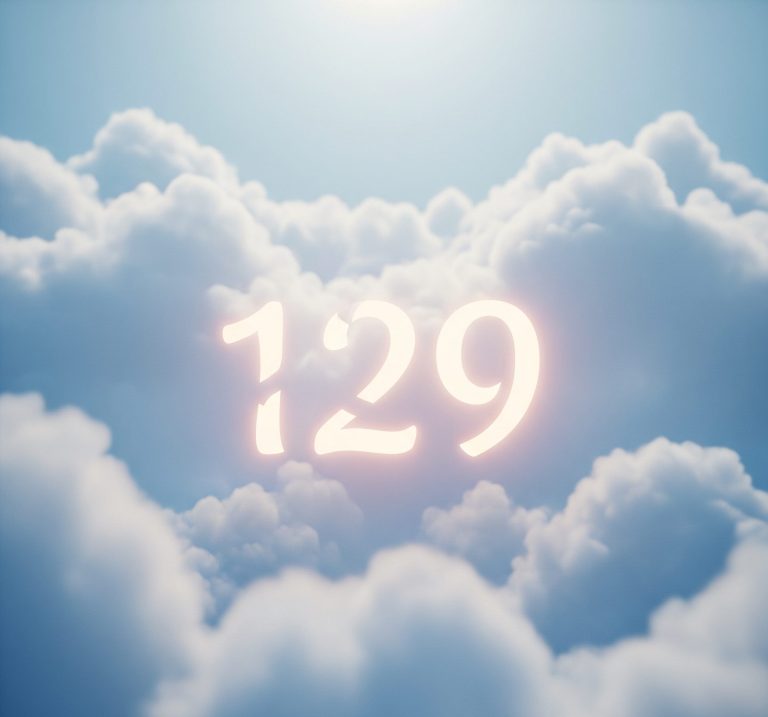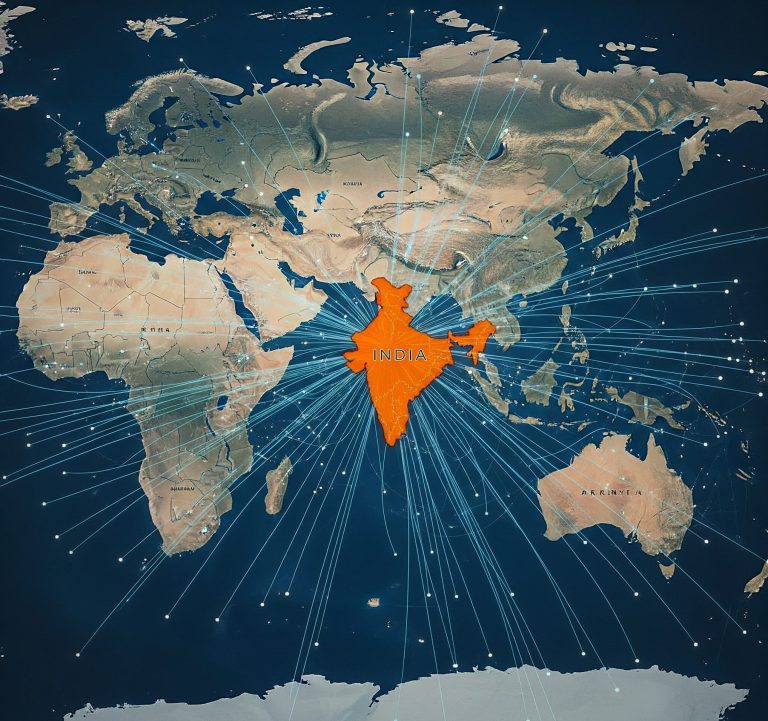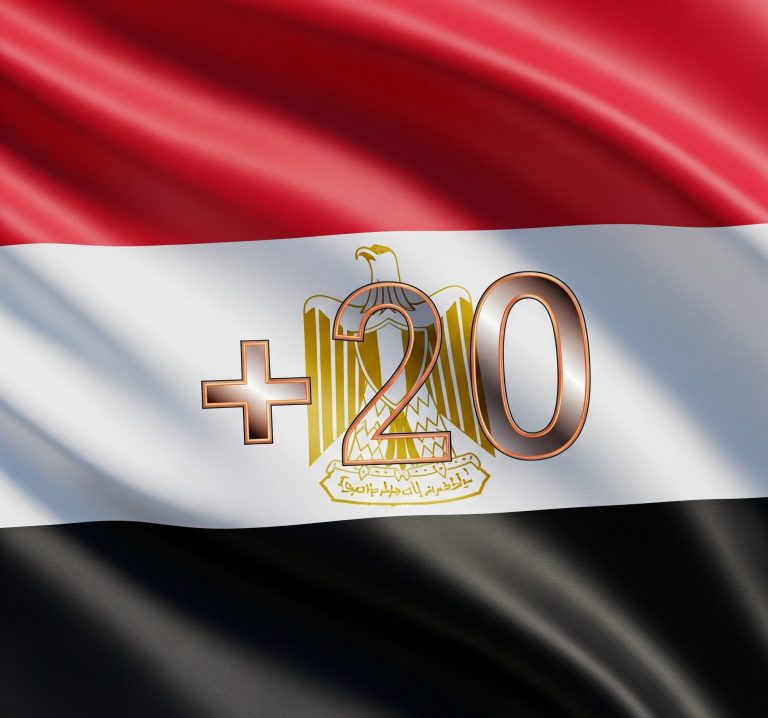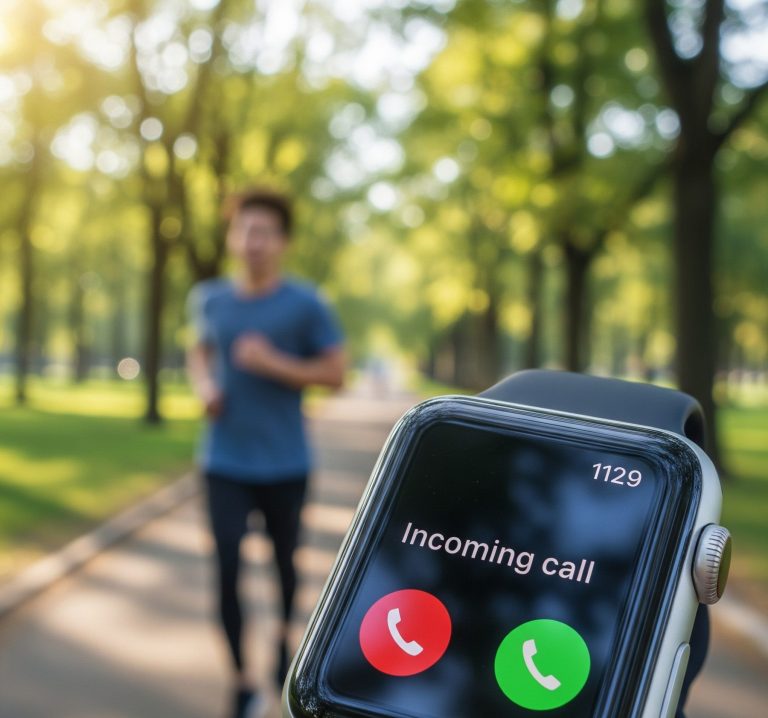In an era defined by digital communication and a seemingly endless proliferation of devices, the humble telephone number remains a cornerstone of our interconnected lives. From making a simple call to verifying our identity online, these strings of digits are more critical than ever. But have you ever stopped to think about where they come from? And what happens when we start to run out? This brings us to the curious case of the 823 area code, a designation that, as of mid-2025, remains unassigned in the United States. This article delves into the world of area codes, exploring their lifecycle, the reasons for their expansion, and what the future holds for numbers like the 823 area code.
Contents
The Ever-Expanding Map of Area Codes
The North American Numbering Plan (NANP) was established in 1947 to simplify and facilitate direct-dialing of long-distance calls. This system, which covers the United States, Canada, and several Caribbean nations, is administered by the North American Numbering Plan Administrator (NANPA). Initially, the system was designed with a limited number of area codes, each serving a large geographical region. However, the explosive growth in population, coupled with the advent of new technologies, has led to a phenomenon known as “area code exhaustion.”
The Insatiable Demand for New Numbers
The primary driver of new area codes is the sheer demand for telephone numbers. Consider the devices in your own household that have a phone number attached: your mobile phone, perhaps a landline, a tablet with cellular service, and even your home security system. Businesses require even more numbers for their employees, fax lines, and various automated services.
This insatiable appetite for new numbers puts a strain on the existing area code system. Each area code can theoretically provide up to 7,919,900 unique phone numbers (as numbers cannot start with 0 or 1, and certain three-digit prefixes are reserved). While this may seem like a vast quantity, in densely populated areas, the available numbers can be depleted surprisingly quickly. This is where the need for new area codes, like the potential future 823 area code, arises.
When an Area Code Reaches its Limit: The Relief Process
When NANPA projects that an existing area code is nearing exhaustion, a process known as “numbering plan relief” is initiated. This process typically involves one of two solutions: a split or an overlay.
The Area Code Split: A Dividing Line
In an area code split, the geographic region served by the existing area code is divided into two or more smaller areas. One area retains the original area code, while the newly created area or areas are assigned a new one. This was a common method in the past but has become less popular due to the significant disruption it causes. Residents and businesses in the new area code region are forced to change their phone numbers, which can be a costly and inconvenient undertaking. This includes updating everything from business cards and advertising to online profiles and personal contacts.
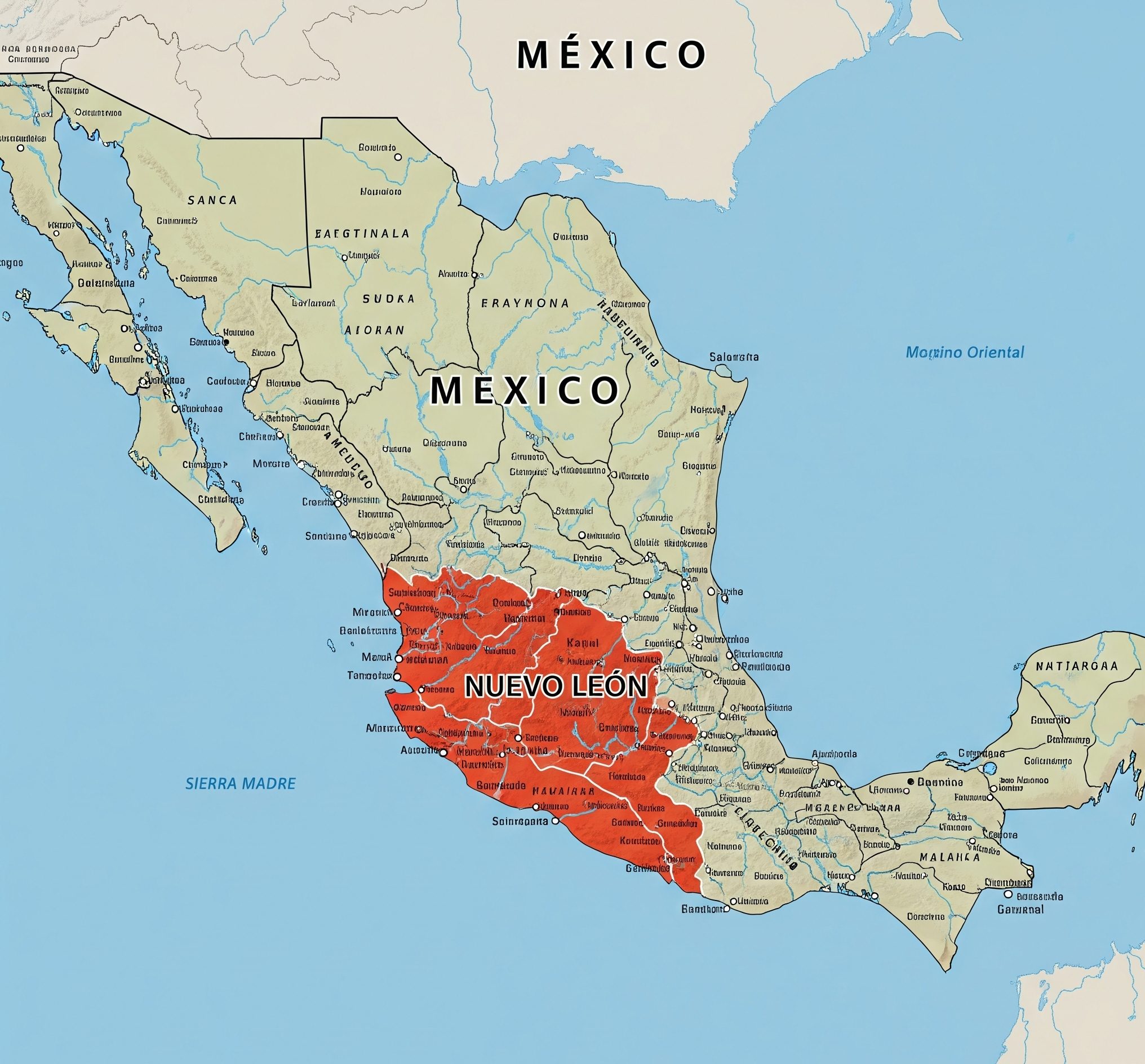
The Area Code Overlay: A New Layer of Numbers
In recent years, the preferred method for area code relief has been the overlay. An overlay introduces a new area code to the same geographic area as the existing, exhausted area code. With an overlay, all existing phone numbers remain the same. New phone numbers in the region are then assigned the new area code.
A key change that accompanies an overlay is the implementation of mandatory 10-digit dialing (or 1 + 10-digit dialing for long-distance calls) for all local calls. This is because with two area codes serving the same geographic area, simply dialing a seven-digit number would be ambiguous. Everyone in the region, regardless of their area code, must dial the area code followed by the seven-digit number for a call to connect.
Recent examples of area code overlays in the United States include the introduction of the 730 area code in the same region as the 618 area code in Southern Illinois, and the 464 area code overlaying the 708 area code in the Chicago suburbs. These instances highlight the industry’s shift towards the less disruptive overlay method.
The 823 Area Code: A Glimpse into the Future
Currently, the 823 area code is listed by NANPA as “not in use; available for geographic assignment.” This means it is a blank slate, waiting to be assigned to a region in the United States that is on the verge of exhausting its current numbering resources. While it is impossible to predict with certainty where the 823 area code will eventually land, we can look at areas with rapidly growing populations and high demand for new numbers as likely candidates.
The unassigned status of the 823 area code serves as a reminder that the telecommunications landscape is in a constant state of evolution. The need for new area codes is a direct reflection of technological advancement and societal change.
How to Prepare for a New Area Code in Your Region
While the 823 area code may not be coming to your neighborhood tomorrow, the introduction of new area codes is an ongoing process across the country. When a new area code is planned for your area, you can expect a public education campaign from your state’s public utility commission and local telecommunications providers.
Here are some general steps you will need to take when a new area code overlay is implemented:
- Update Your Contacts: Reprogram all stored phone numbers in your mobile phone, home phone, and any other devices to include the full 10-digit number (area code + phone number).
- Check Your Business Materials: For business owners, it is crucial to update all materials that include a phone number. This includes websites, business cards, letterhead, advertisements, and any promotional items.
- Reprogram Automated Systems: Any system that automatically dials a phone number will need to be updated. This can include:
- Life safety systems and medical alert devices
- Home and business security systems
- Fax machines
- Internet dial-up numbers (for those who still use them)
- Speed dialers
- Call forwarding settings
- Voicemail services
- Inform Your Network: Be sure to provide your full 10-digit phone number to friends, family, and business associates.
It is important to note that the introduction of a new area code will not change your existing phone number, the price of your calls, or your local calling area. The most significant change will be the way you dial local numbers.
The Future of Numbering
As we look further into the future, the demand for unique identifiers for our ever-growing number of connected devices will only increase. While the current North American Numbering Plan has proven to be remarkably resilient and adaptable, discussions about the long-term future of telephone numbering are ongoing. For now, the system of area codes, including the yet-to-be-assigned 823 area code, continues to be the foundation of how we connect with one another.
conclusion
The story of the 823 area code is not just about a three-digit number; it is about the dynamic and ever-expanding nature of our communication networks. The next time you see a new area code being introduced, you will have a better understanding of the complex forces at play and the intricate planning that goes into keeping us all connected. And who knows, one day you may find yourself dialing the 823 area code to reach a friend, a family member, or a business in a bustling American city.


